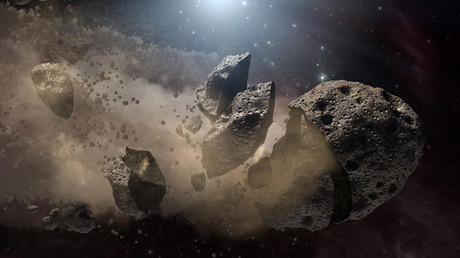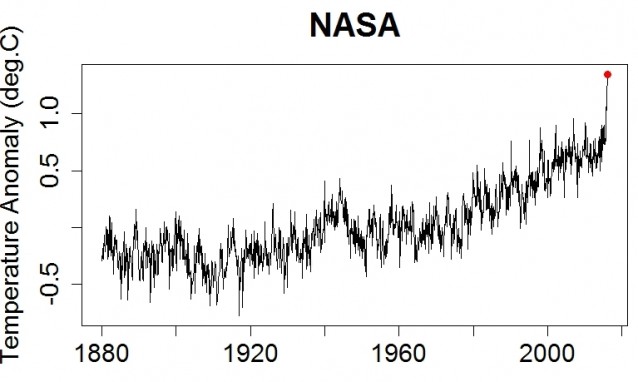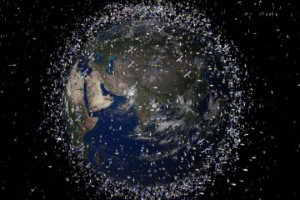February’s global temperature spike is a wake-up call
Global temperatures for February showed a disturbing and unprecedented upward spike. It was 1.35℃ warmer than the average February during the usual baseline period of 1951-1980, according to NASA data.
This is the largest warm anomaly of any month since records began in 1880. It far exceeds the records set in 2014 and again in 2015 (the first year when the 1℃ mark was breached).
In the same month, Arctic sea ice cover reached its lowest February value ever recorded. And last year carbon dioxide concentration in our atmosphere increased by more than 3 parts per million, another record.
What is going on? Are we facing a climate emergency?
El Niño plus climate change
Two things are combining to produce the record warmth: the well-known global warming trend caused by our greenhouse gas emissions, and an El Niño in the tropical Pacific.
The record shows that global surface warming has always been overlaid by natural climate variability. The biggest single cause of this variability is the natural cycle between El Niño and La Niña conditions. The El Niño in 1998 was a record-breaker, but now we have one that looks even bigger by some measures.
The pattern of warmth in February shows typical signatures of both long-term global warming and El Niño. The latter is very evident in the tropics.
Further north, the pattern looks similar to other Februaries since the year 2000: particularly strong warming in the Arctic, Alaska, Canada and the northern Eurasian continent. Another notable feature is a cold blob in the northern Atlantic, which has been attributed to a slowdown in the Gulf Stream.
…click on the above link to read the rest of the article…






















